Interview with visual artist and writer Matthew Schembri on ‘Ħassartek’ his second publication combined with a solo exhibition
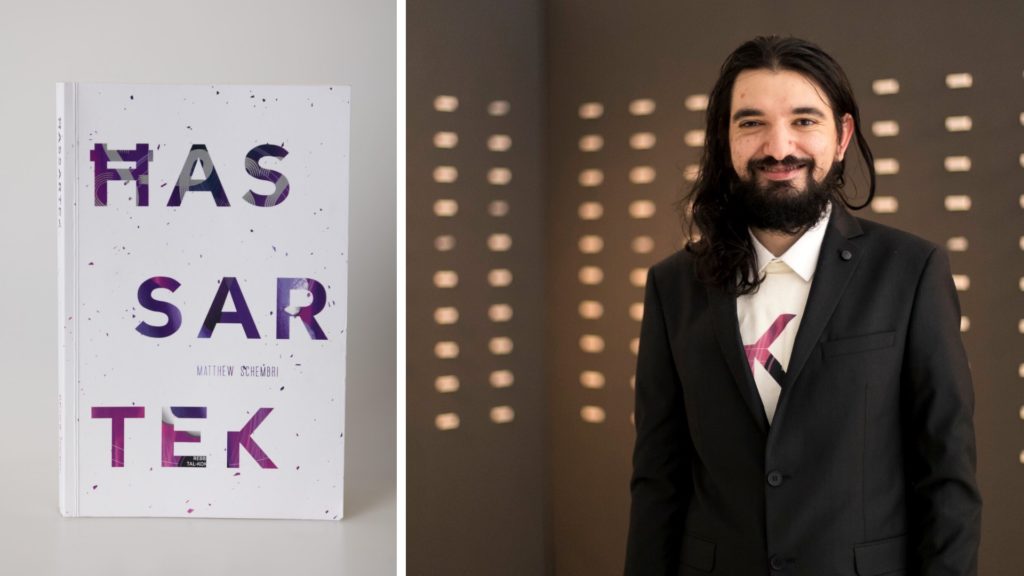
Ħassartek’ (‘I Erased You’) is the name of the second publication and solo art exhibition by visual artist and writer Matthew Schembri.The publication ‘Ħassartek’, is a partial erasure by the writer himself of his first novel, ‘Stessi’ (Winner of ‘The Literary Contest of Novels for Youth’ 2016; Merlin Publishers, 2018), includes 231 erasure poems. The solo art exhibition of the same name, curated by Prof. Raphael Vella, served as an extension of this publication which was held at Studio Solipsis in Rabat.Together with the original copy of the physical book – ‘Stessi’ – the artist worked on to create ‘Ħassartek’ and a video of the whole process, the exhibition includes an art installation of 231 rubbers. One word from each poem was selected by the artist and hand printed on each rubber. Visitors are invited to take a rubber and, thus, continue the process of erasure in multiple ways. We reached out to Matthew Schembri to tells us more about this combined project in the interview below.
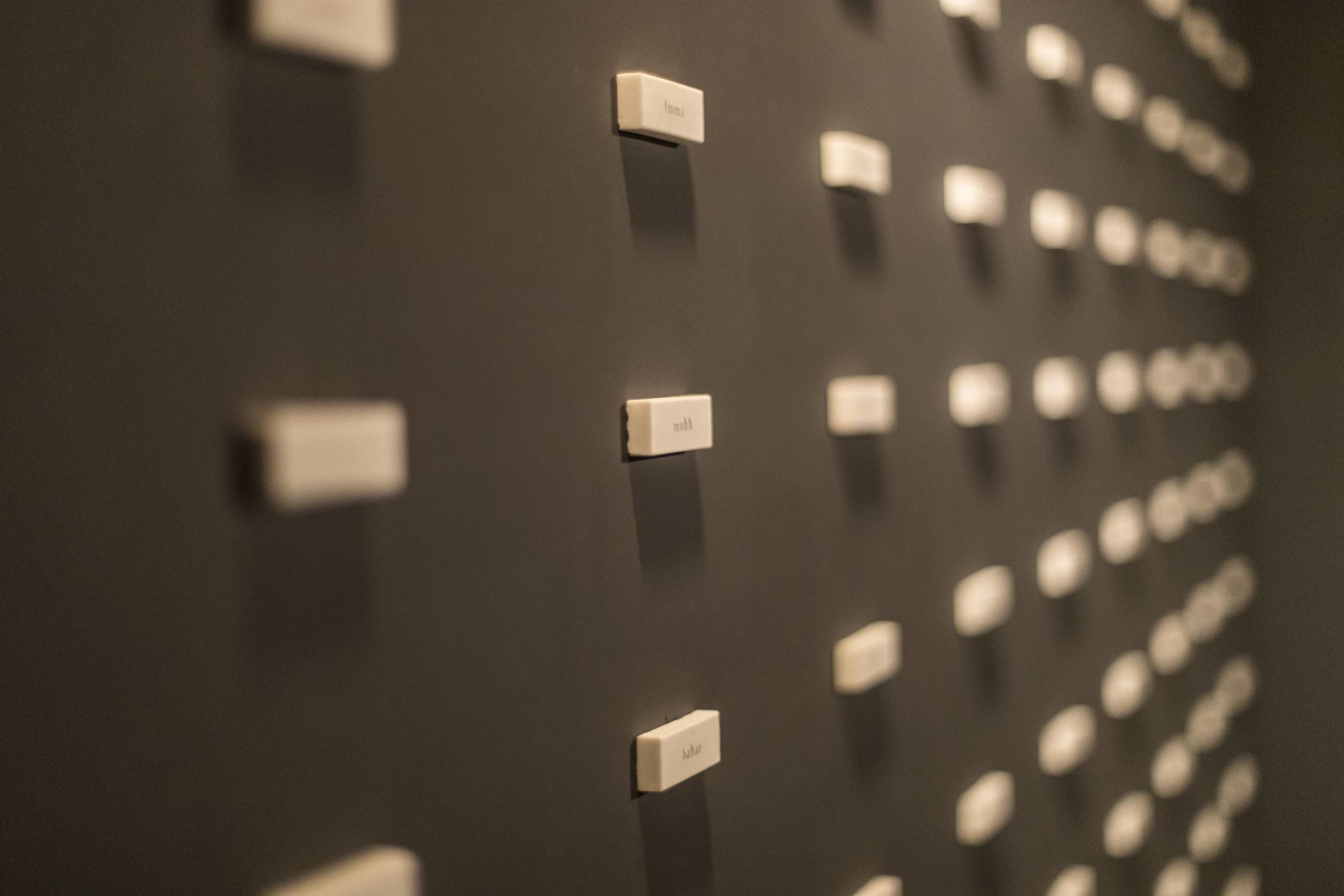
What prompted the curated erasure of your initial book ‘Stessi’ ?
I have been interested and sporadically applied the technique of erasure in my artistic work since 2015, after discovering Robert Rauschenberg’s Erased de Kooning Drawing (1953). However, I started to erase parts of my first novel, Stessi (Winner of the Young Adult Literature competition 2016, organised by Aġenzija Żgħażagħ and the National Book Council) after it was published by Merlin publishers in 2018 – and for a very practical reason: I couldn’t create, and, therefore, especially, write. While I also couldn’t be active due to a serious illness, the pressure that comes with a debut novel that wins a prestigous prize didn’t help. So, as someone who is always on the go, this inability to write led me to, instead, the partial erasure of the same novel which, to some degree, was also causing my writers block. Thus, Ħassartek, was born – initially, as part of a final project for the Diploma in Maltese Literature 2018-2020.
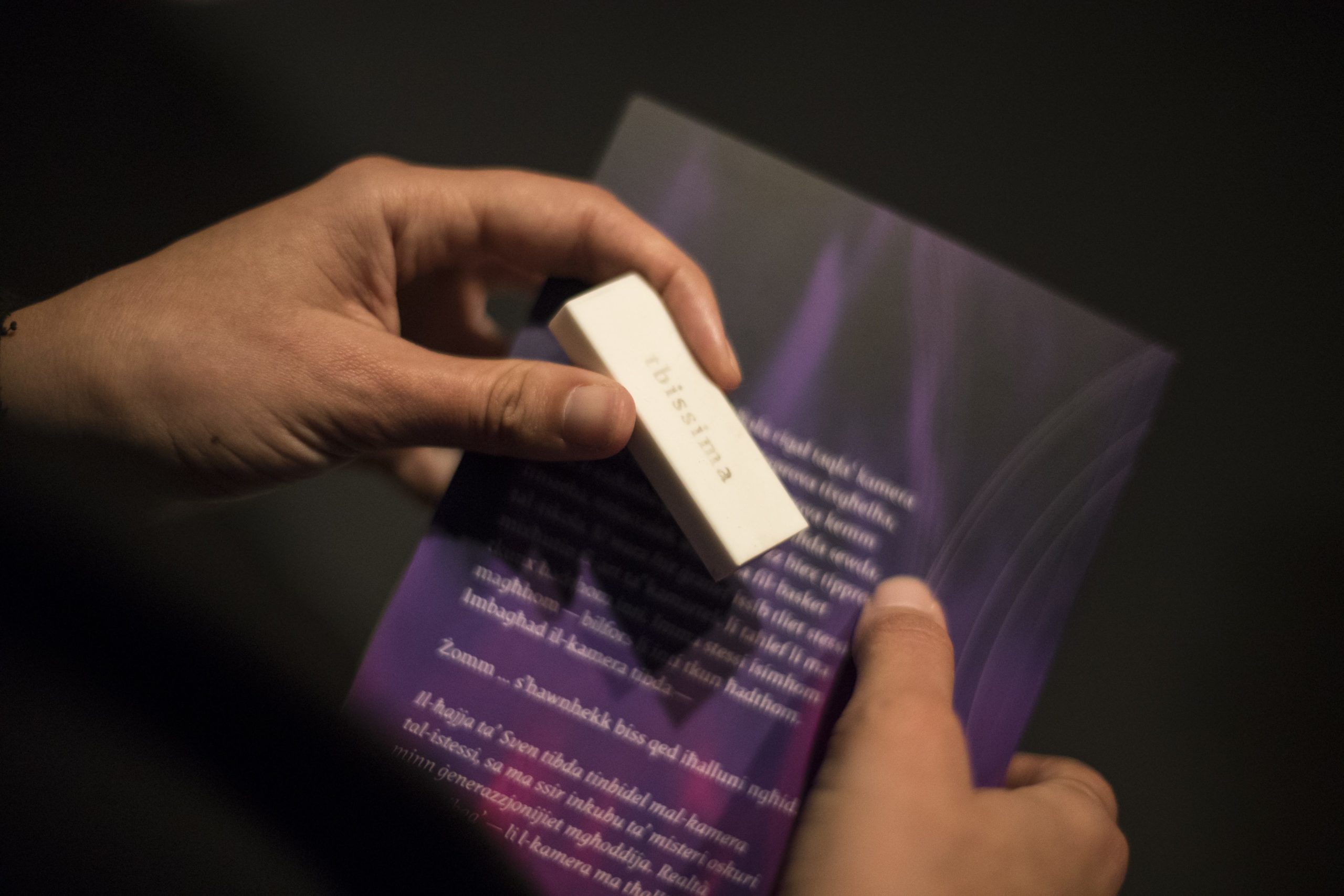



How did this selective deletion spawn a new array of work?
At first, when I started erasing parts of my debut novel, I percieved this as a destructive act, as a method of rebellion, of protest, towards the strength, the power or the authority, the stillness, the loss of privacy and control that a published work entails – all elements amplified due to the fact that this was my first and an award-winning novel. However, after researching and reading more about erasure, I discovered that what I was doing falls under the cap of the genre of erasure poetry. This genre, which is also sometimes called as blackout poetry or redacted poetry, is a form of found poetry wherein a poet-artist
takes an existing text – fiction or non-fiction – and erases, blacks out, or otherwise obscures a large portion of the text (poets.org, 2018). Thus, in this way, as much as I was “destroying”, I was also “creating” – creating a “new” poetic or artistic work from the words that remain from the “old” text. After the great response for my final Diploma project, I decided to partially erase the whole book, and, thus, after an intensive editing process with Glen Calleja, I created 231 erasure poems.

What is the relevance of ‘Stessi’ within ‘Ħassartek’?
The more words you leave on the page, the more Ħassartek is Stessi; the less words, the less it is Stessi. Thus, the fact that the majority of the poems are very short, minimalistic, the more it shows that I wanted to move away from Stessi and create something different (in a way) from what I already had created. Altough it is true that Ħassartek is Stessi, or, at least a (‘strange’) version of it, I see the publications as two completely different creatures that needs to be approached differntly. Stessi is a novel written for a competition addressing the need for more Maltese literature diracted towards young adults; Ħassartek is a collection of erasure poems that deal much more with my personal thoughts and issues, and, thus, Ħassartek, is much more autobiographical. Although Ħassartek is geared more towards adults, I hate labels and I try to write in a way that everyone, no matter the age, can access and, hopefully, enjoy my work.
What can you tell us about the exhibition linked to the publication?
The art exhibition curated by Prof Raphael Vella, is also named after the publication and serves as an extension to the latter. After Ħassartek was published in 2021, I decided to choose one word from every page of this latest book – thus, one word from every 231 poem – and print each word on one rubber or eraser. Then, these 231 traditional tools of erasure were displayed on two walls at Studio Solipsis in Rabat, Malta – two walls that can reflect an open book. By inviting the visitors-participators to take a rubber or an eraser from the installation, the process of erasure can keep happening in various ways: by being stripped from the rubbers, the installation itself, in a way, is being ‘erased’; and the owners of the rubber, if they choose to use it, will both ‘erase’ the word printed on the rubber or the eraser and the rubber or eraser itself. In this way, while leaving the traces of the silicone that the 231 rubbers or erasers were held to the walls with, as a kind of reminder, the idea of an end date for an art exhibition is also challenged.
What should one expect to experience when visiting and reading ‘Ħassartek’ ?
I prefer to leave this question open for the readers of the book and/or the viewers-participators of the art exhibition.
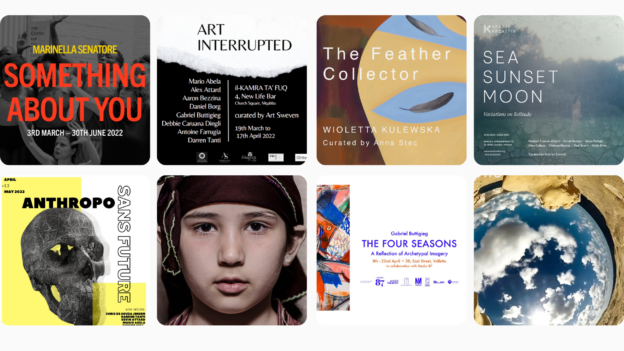


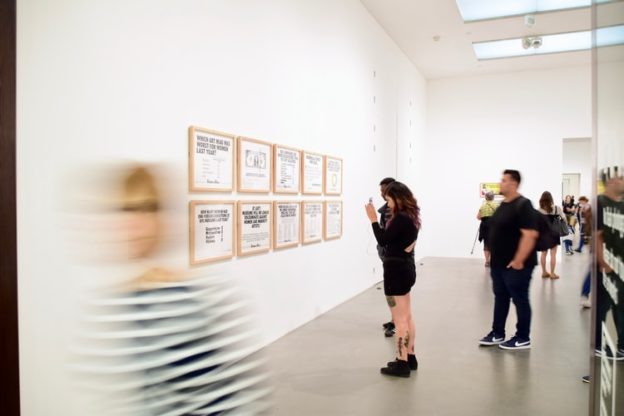
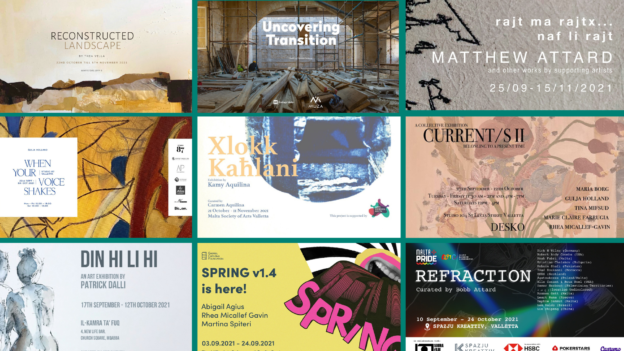
Responses